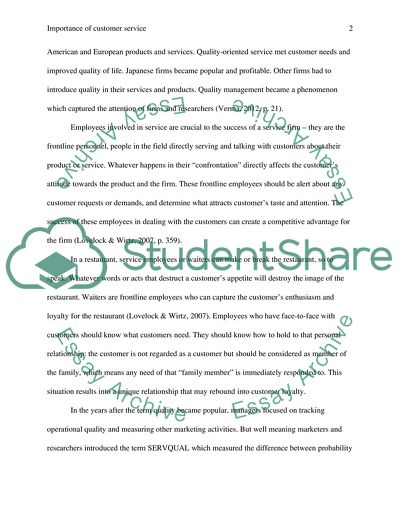Cite this document
(“The Importance of Customer Service to Service Companies Coursework”, n.d.)
The Importance of Customer Service to Service Companies Coursework. Retrieved from https://studentshare.org/marketing/1661222-service-marketing
The Importance of Customer Service to Service Companies Coursework. Retrieved from https://studentshare.org/marketing/1661222-service-marketing
(The Importance of Customer Service to Service Companies Coursework)
The Importance of Customer Service to Service Companies Coursework. https://studentshare.org/marketing/1661222-service-marketing.
The Importance of Customer Service to Service Companies Coursework. https://studentshare.org/marketing/1661222-service-marketing.
“The Importance of Customer Service to Service Companies Coursework”, n.d. https://studentshare.org/marketing/1661222-service-marketing.


